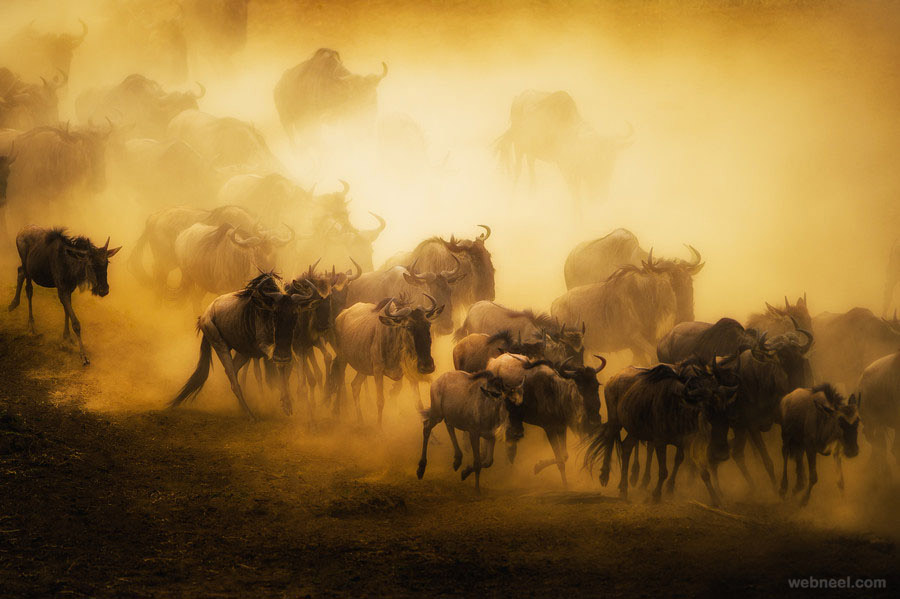Snap and Growl: Finding the Perfect Camera for Snapping the Animal Kingdom
Capturing the essence of the animal world through images is a captivating endeavor. The wild kingdom is teeming with lively colors and impressive behaviors that tell a special story in all image. Whether it’s the sneaky movement of a leopard or the soaring flight of a winged creature, having the appropriate camera can be all the change in securing these transient moments.
As you embark on your journey to discover the perfect camera for animal image capturing, it is essential to evaluate different aspects that influence your experience and the standard of your images. From the style of glass to the camera's capability to operate in various lighting conditions, making an informed choice will prepare you for success in the field. Join us as we examine the attributes and specs that will help you snap those awe-inspiring shots of wildlife with precision and precision.
Opting for the Best Camera System
When it comes to animal photography, choosing the right camera is essential for capturing impressive photos of wildlife in their habitat. The first consideration should be the type of camera model. DSLRs and compact cameras are widely-used choices among wildlife photographers due to their superior image quality, rapid autofocus systems, and extensive lens options. If you like a more streamlined setup, think about premium point-and-shoot cameras that nevertheless offer outstanding zoom capabilities, making them appropriate for shooting far-off subjects without sacrificing quality.
A further essential factor to think about is the camera frame rate and autofocus performance. Wildlife photography often needs quick reactions as animals behave unpredictably. A device with a high burst rate can enable you get multiple frames per second, making sure you won’t miss the right moment. Additionally, look for a system with enhanced autofocus features, such as subject tracking and focus area selection, which can enhance your chances of capturing sharp, clear pictures of quick animals.
Lastly, consider the lens choices available for your selected camera system. camtura.com is vital for animal photography, permitting you to shoot from a remote location without disturbing the wildlife. Lenses with stabilization technology can likewise be advantageous to minimize blur caused by camera shake, especially when shooting handheld. Before finalizing a decision, test a few lenses to see which focal lengths and features work best for your photography style and the types of animals you want to shoot.
Important Equipment for Wildlife Photography
When exploring into the world of wildlife photography, having the appropriate equipment is crucial for taking stunning images. A good camera is the foundation of your kit. Look for a device that offers quick autofocus, a quick frame rate, and outstanding low-light performance. DSLRs and mirrorless cameras are common choices among nature photographers due to their adaptability and photo quality. Opting for a camera with an Advanced Photo System type-C or 35mm sensor will provide you with superior detail and improved low-light capabilities, which can be crucial when photographing animals in their habitat habitats.

In furthermore to the camera body, selecting the right lens can make a substantial difference in your skill to capture wildlife. A telephoto lens, ideally with a focal length of three hundred millimeters or more, lets you to get close-up shots without disturbing the animals. This is particularly important since many wildlife subjects are skittish and quickly startled. Consider lenses with image stabilization features, as they can help reduce blur from camera shake, especially when shooting at longer distances or in dim conditions.
Other essential equipment includes a robust tripod or monopod to stabilize your shots and minimize camera shake. Wildlife photography often requires patience and waiting for the ideal moment, making a sturdy support system crucial. Additionally, having extra batteries and storage cards is wise, as you may find yourself in distant locations where replacements are not readily accessible. Binoculars can also be a helpful tool, allowing you to explore potential subjects before setting up your gear for the shot.
Tips for Shooting Stunning Animal Shots
When shooting animals, always be still and give them room to relax in your company. Animals often sense our emotions, so remaining calm can help you shoot more genuine moments. Whether you are in the outdoors or at a zoo, watching animals and their behavior can lead to incredible shots that showcase their natural habits.
Learning the art of timing is essential for animal photography. Animals can be unpredictable, so being ready to take pictures at a moment's notice will ensure you will catch that amazing expression or movement. Utilize continuous shooting mode on your gear to capture a set of shots, boosting your chances of getting the best frame when animals leap, play, or interact.
Lighting plays a crucial role in photography, and natural light is often the most flattering for animals. Early morning or late afternoon light can create stunning shadows and enhance colors. Try with different angles to find the most captivating compositions, such as getting low to the ground to get the subject at their level, which can create a more close connection with the spectator.